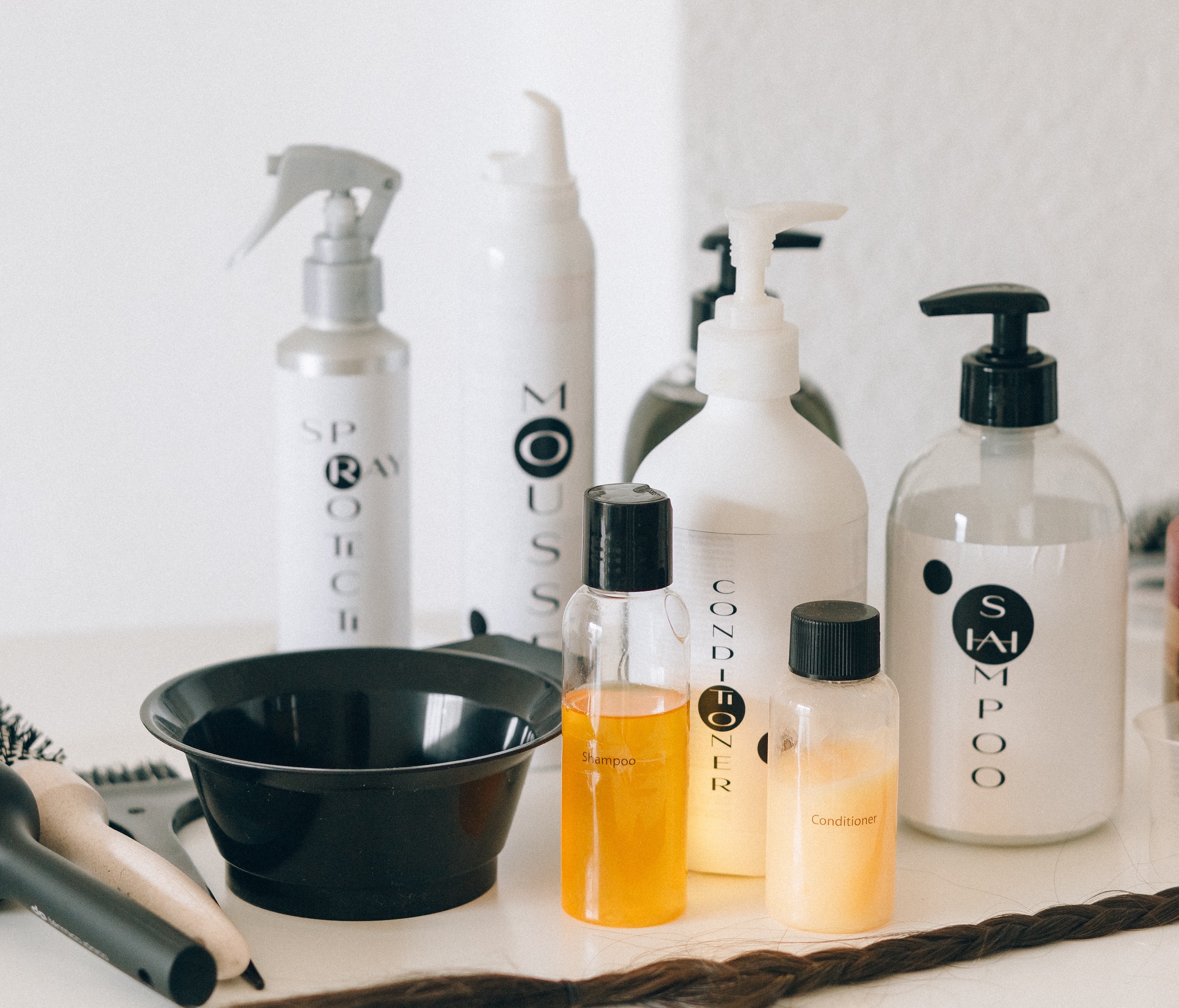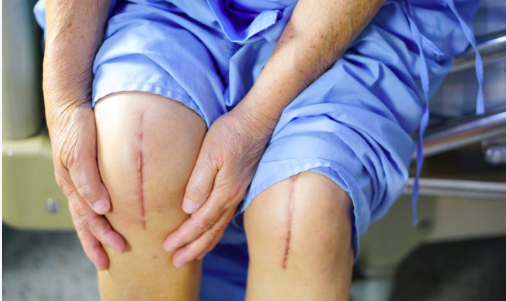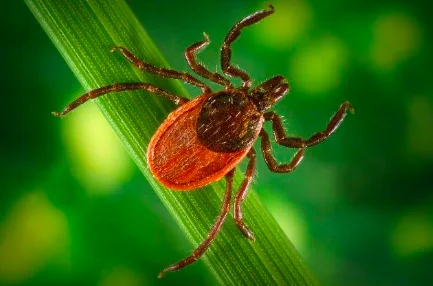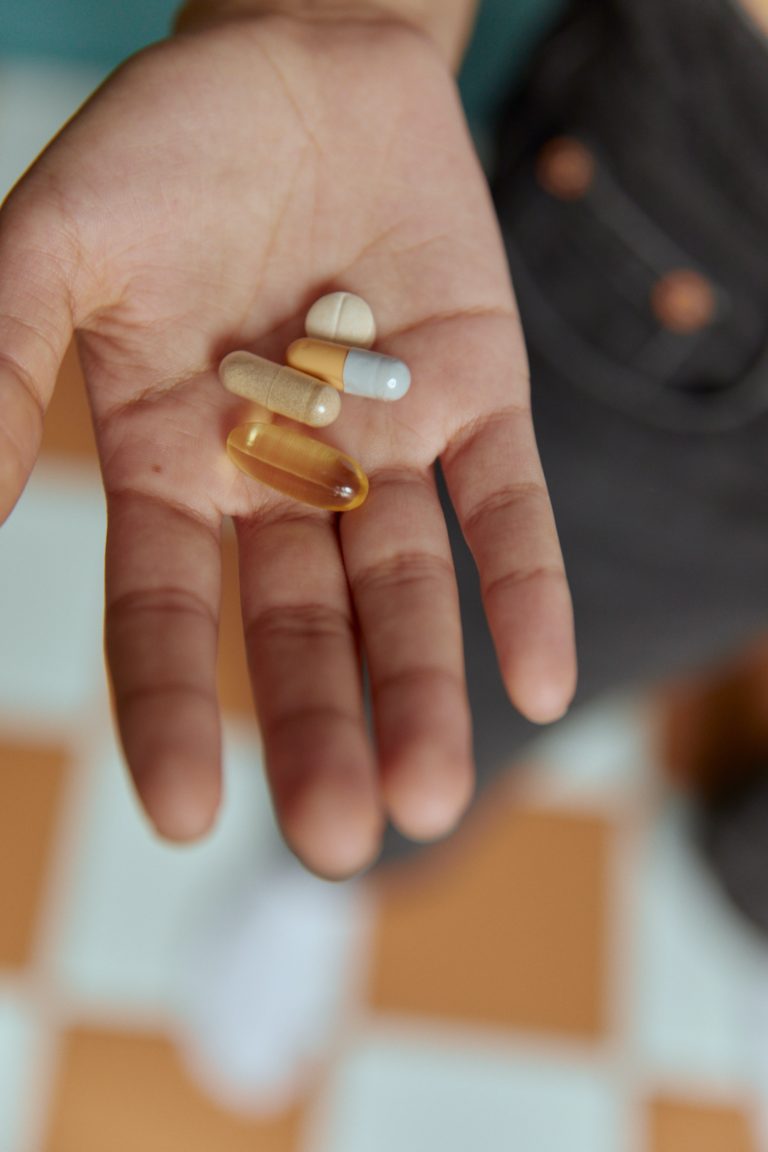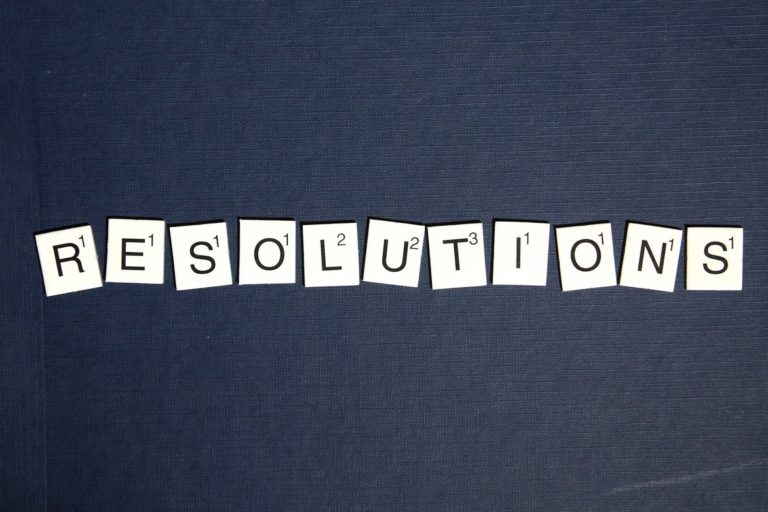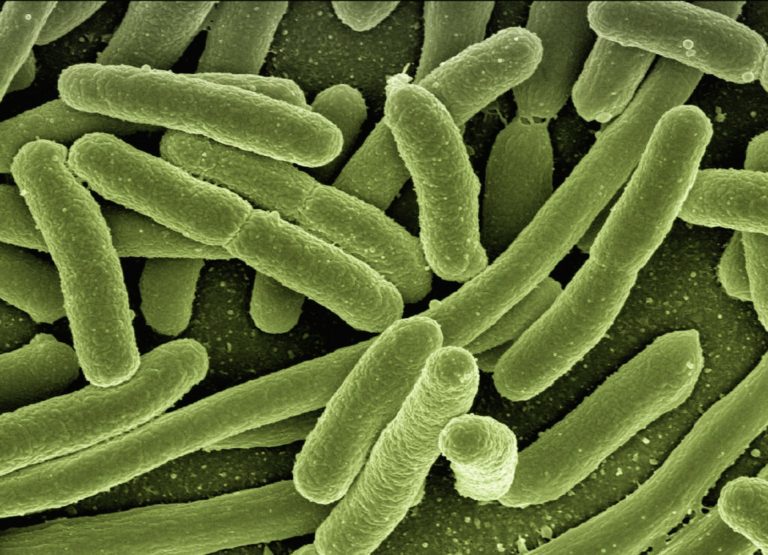Knowing your exposure to chemical toxins could save your life
(This post may contain affiliate links. See the full affiliate disclosure here for more info.)
Chemical toxins and hazardous chemicals are all around us, in our clothing, food, water, and as ingredients in all the products we use.
I have always been aware of occupational exposure. In the lab, we used a Material Safety Data Sheet to access chemical safety information on a toxic substance in the work area that included quantitative exposure data, permissible exposure limits, control measures, the routes of exposure, the potential health effects and hazards of direct exposure and long-term exposure, direct contact, skin contact, protective measures, personal protective equipment, what chemicals needed exposure monitoring, the threat to pregnant women, what to do about chemical spills, and where to find additional resources,
At my last mammography appointment, my health care provider shared some important information with me on the threat to human health of the toxic substances and harmful chemicals we are exposed to on a regular basis from our household cleaners and personal care products.
It turns out that we can all take some pretty simple steps to reduce our exposure.
Did you know that 40 countries around the world ban over 1400 chemicals in cosmetics and personal care products, but the United States only bans nine? Nine.
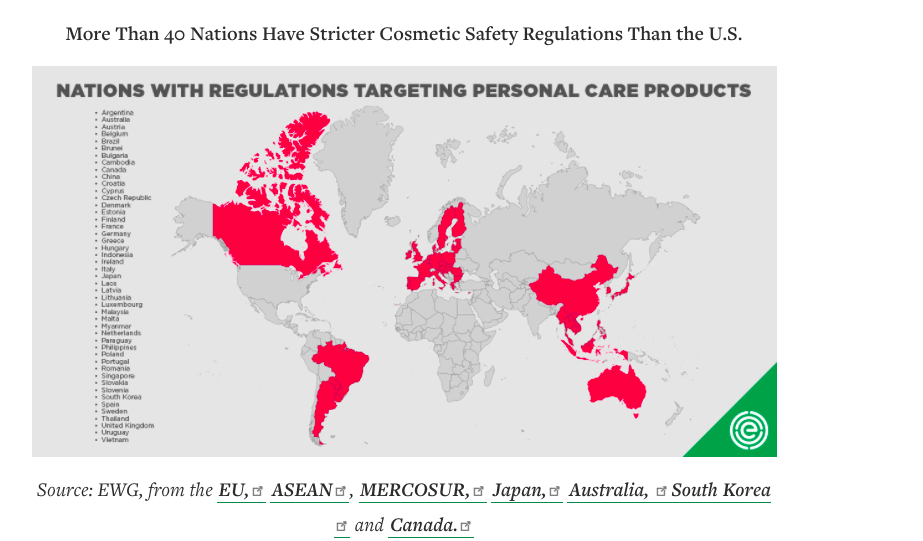
That’s the best argument I know for learning to protect yourself and your family. The Environmental Working Group (EWG) is a great source of information to help you do just that.
Keep reading…
Some important toxic chemicals banned or restricted around the world in personal care products
Chemical toxins
- Formaldehyde
Formaldehyde is a known carcinogen in the human body. It and chemicals that release formaldehyde are subject to tight restrictions in other countries but not on cosmetics and other personal care products sold in the U.S.
- Parabens
Maximum concentration standards for parabens have been set in Japan, the EU, and the Southeast Asian nations. And some parabens, like isobutyl and isopropyl parabens that the EWG found in some U.S. products, are not permitted in any cosmetic product in the EU and Southeast Asian nations.
- PFOA
Perfluorooctanoic acid is one of the thousands of fluorinated compounds known as PFAS and restricted in cosmetics and other personal care products sold in the EU since 2020. The EWG found 13 PFAS compounds in nearly 200 U.S. cosmetics and other personal care products they tested.
- Triclosan
Triclosan is a hormone system disrupter. Hormone disrupters can increase or decrease hormone levels, mimic natural hormones, or alter their activity. The Food and Drug Administration (FDA) has banned triclosan in antiseptic wash products like liquid hand soaps. However, more than 40 other nations have restricted the amount of triclosan that can be used in consumer products.
- Toluene
Toluene is found in glue, paint thinners, paintbrush cleaners, ink, and stain removers but it’s also in nail polish. It’s been associated with reproductive and neurological damage and is restricted in nail products in Europe and Southeast Asian nations—but not in the U.S. where can be used at any level in cosmetics sold there.
And obviously, those are just the tip of the iceberg.
Health effects of exposure to toxic chemicals
How a particular chemical can affect you depends on the chemical’s action, the dose, length of exposure, your underlying health issues, and your genetic makeup.
The Environmental Protection Agency (EPA) says that not all exposures cause effects in humans. The chemical must be released from the source, reach human receptors, enter the body, and be present in sufficiently high doses to cause damage.
Public awareness of the hazards of microplastics has recently been raised. These are persistent microscopic plastic particles in the environment. Some are released from the breakdown of discarded plastic.
Plastics can take thousands of years to decompose, leaching microparticles into the environment in the process.
Studies on microplastics have found toxicity and the potential for neurological damage, metabolic disturbances, and an increased risk of cancer.
Thankfully, in 2015, President Obama signed an act banning microplastics in personal care products and cosmetics.
I’m pretty focused on cancer because of my family history and we are exposed to many cancer-causing agents. Two we can easily control are those from smoking and sun exposure.
Arsenic, for example, has heart, skin, and lung disease besides causing cancer. It can also have harmful effects on developing fetuses, cause stillbirth, cognitive deficits, and cancer in children.
Some of these chemicals, like arsenic, naturally occur in some groundwater (it’s an element). But others are the by-products of manufacturing or waste.
Even if the EPA says the stars have to align for an exposure to result in health damage, why would anyone want to take the risk?
It’s not as difficult as you might think to find out which chemicals you might be exposed to so that you can lower your risk.
How to find and avoid toxins in your products
You don’t have to be a chemist to understand your chemical exposure. Thankfully, some organizations, especially the EWG, have made it their mission to inform the public.
The EWG
I love this organization! It turns out that I’ve been reading their “Dirty Dozen” every year.
This is an annual Shopper’s Guide to Pesticides in Produce™. You can use it to help guide your purchase decisions and reduce your exposure to pesticides you consume in food.
However, their mission is so much broader and more intense than a simple shoppers guide. They want everyone to have access to information on possible toxic exposure and the potential risk and how to avoid it. They want to prevent it and make the world a safer place.
EWG focus areas
The EWG has information on eight focus areas including food and water, farming and agriculture, personal care products, household, and consumer products, energy, family health, toxic chemicals, and regional issues.
Click on any one of them to learn more about the topic, current legislation, and research.
EWG consumer guides
The EWG has guides for everything from bug repellents to meat products to tap water.
You can use them to learn more about exposure to hazardous substances and how to avoid it. You can even search their database of tap water using your zip code.
If you click on the Guide to Healthy Cleaning, then “view guide,” you can search over 2500 products that the EWG has evaluated and graded for health effects.
You’ll also find the top products and a label decoder.
Especially, if you have young children, you need to actively try to minimize their exposure.
The Skin Deep guide has links to search dozens of personal care products and drill down to find the ingredients they contain, and the health effects associated with them.
You can also look up your skincare product on the Skin Deep database.
Each concern is color-coded and graded by high, moderate, and low. It’s so easy! I just know that once you start to use the info on this site, you refer to it often.
EWG research and news
Want to know the current status of a particular concern such as “forever chemicals,” which don’t disappear, or occupational safety? The EWG keeps up with current events and research and does its best to keep its readers informed.
Want to learn more about current legislation or get involved in urging legislation regarding the use of chemicals and environmental exposure? You can do that on the EWG site, too. Take a look at this statement on the FDA’s call for food companies to remove arsenic from baby food.
Find EWG-verified products
To date, the EWG has verified 2067 products. The verification means that the product is free of chemicals of concern and that it meets strict health standards.
The EWG’s store locator can find stores that sell these products in your area.
EWG’s Healthy Living app
What if you’re shopping and want to know if something you are considering buying is a good choice or will cause unwanted exposure to toxic chemicals?
Download the EWG Healthy Living app on your phone. Browse, search, or scan products.
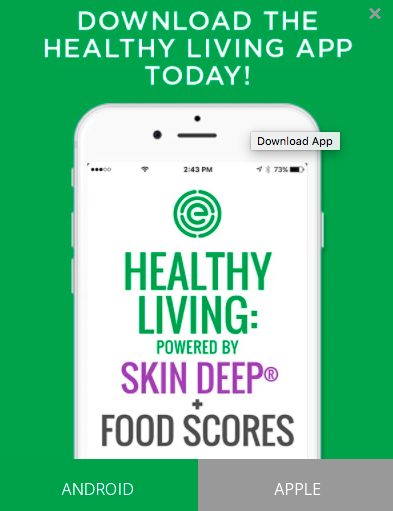
Use the EWG’s Healthy Living app to search their database containing ratings for more than 130,000 food, personal care, and cleaning products.
Final thoughts
The EWG site is worth every second of your time. There’s so much information on chemical hazards you might encounter in everyday life. Take a look at the site, check out the drop-down menus, and dig deeper into the site.
Check out some of your cleaning products and personal care products to see what you are being exposed to and the health risk of those exposures. This simple action can help reduce your risk of exposure.
Without obsessing over it, it’s easy to get into the habit of using the app to check the products you use or the ones you are considering buying.
It just might save your life.
Read more on supplements that can improve your health.


